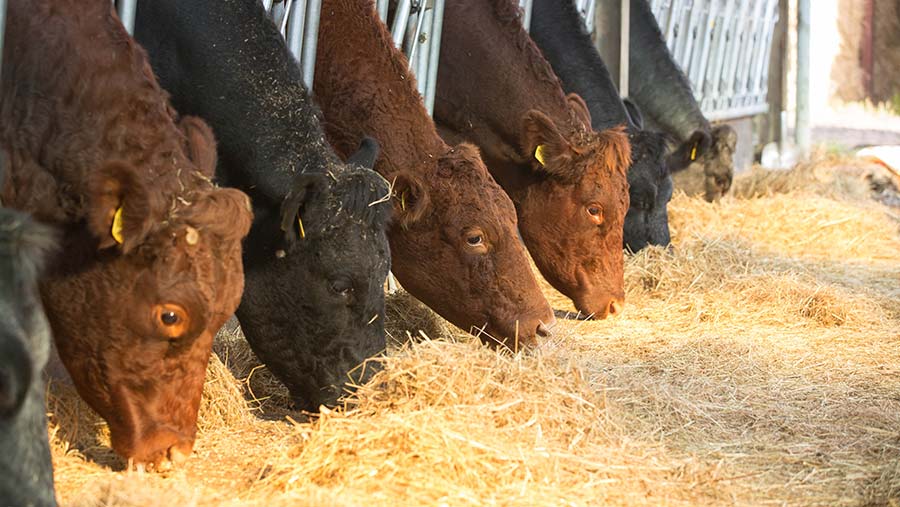How farms can claw back cash through R&D tax credits
 New strategies for disease mitigation in livestock could qualify for tax relief © Tim Scrivener
New strategies for disease mitigation in livestock could qualify for tax relief © Tim Scrivener Farming businesses clawed back £20m from HMRC last year in the form of research and development (R&D) tax credits, but advisers say there is potential for more companies to claim.
Latest figures from the Office for National Statistics show there was a 67% increase in the amount of R&D tax credits being claimed by the agriculture, forestry and fishing industries between 2015-16 and 2016-17.
To date, almost 400 agricultural businesses have submitted a claim for the 2017-18 financial year, with the average claim being worth just under £52,000.
See also: How on-farm research and development can cut tax bills
What are R&D tax credits?
R&D tax credits are a tax relief designed to encourage greater research spending, leading in turn to greater investment in innovation.
A business can claim only if it is liable for Corporation Tax (CT), and there are different schemes depending on the size of the company.
The most common way for small and medium-sized enterprises (SMEs) to claim R&D tax credits is through a deduction from CT liability.
The relief allows companies to deduct an extra 130% of their qualifying costs from their yearly profit, as well as the normal 100% deduction, to make a total 230% deduction.
Payable credits are available for loss-making companies which have no CT liability against which to set the deduction.
Specialist companies are in operation which will establish eligibility for the relief but also put together the paperwork needed to submit a claim, charging a percentage of the benefit that comes back to the claimant for carrying out this work.
Those making a claim for the first time may be able to go back to claim relief for the previous two financial periods.
What is eligible R&D activity?
HMRC’s own guidance notes are somewhat general, stating that the work that qualifies for R&D relief must be part of a specific project to make an advance in science or technology.
It also says that to get R&D relief the applicant needs to explain how a project:
- Looked for an advance in science and technology
- Had to overcome uncertainty
- Tried to overcome this uncertainty
- Could not be easily worked out by a professional in the field.
What does this mean in practice?
According to specialist adviser Leyton, any project which is about researching or developing a new product or service, or improving an existing one, might be eligible.
This might include introducing new methodologies to optimise crop yields and the performance of new and existing crop varieties, or implementing new strategies for disease mitigation in livestock.
Meanwhile, RIFT Research and Development says examples of qualifying activities in the agricultural sector might include the innovative use of drone technology, the use of sensors in a new or improved way, or intelligent software analysis for pest and disease prediction, soil management and other involved analytical tasks.
Both companies stress that farming businesses should not assume that they will not qualify, as many are often carrying out work that falls under the umbrella of R&D, even if they do not think of it in those terms themselves.
Easy admin
Robin Lawson, general manager at pig genetics company Rattlerow Farms, has worked with Leyton to submit four successful R&D tax credit claims.
He chose to work with a specialist company because it took the headache out of doing the paperwork.
There was also the reassurance that someone was there to deal with any queries from HMRC about the claim.
“For a small amount of work for the farmer it is well worth it,” he said.
“The way farming is, you need to be doing everything you can to cut costs and reducing your tax bill can help this.”
